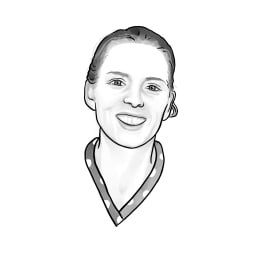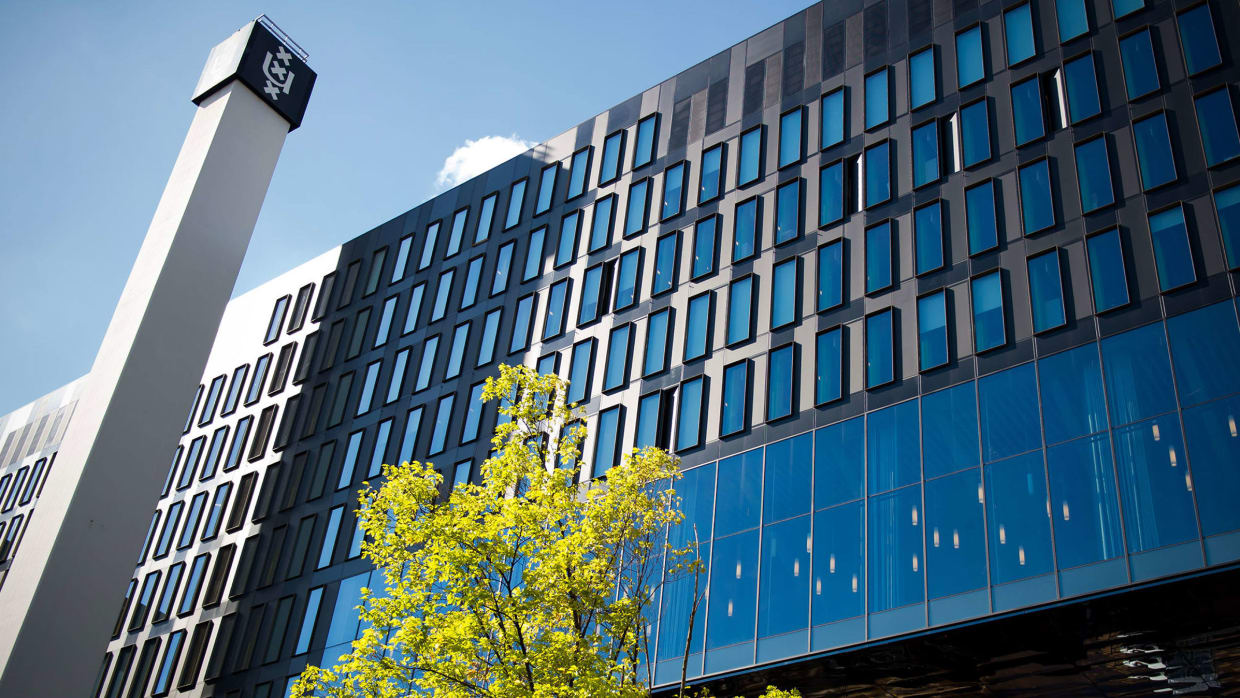
Overloaded power grid makes natural gas-free UvA campuses by 2025 unfeasible
The power grid in Amsterdam is overloaded, which means the UvA will also be short of electricity in the coming years. As a result, the university’s ambitions to transition away from gas are in trouble.
In recent years, the UvA has taken significant steps to reduce gas consumption. With the installation of heat pumps, much of the gas consumption was reduced on the Roeterseiland campus and in the Science Park. In doing so, the UvA is even ahead of its sustainability goals to make the Science Park and Roeterseiland campus virtually natural gas-free by 2025.
But the overloaded electricity grid is putting a stop to that. Since October 2023, the maximum capacity of Amsterdam’s electricity grid has been reached and grid congestion, caused by an overloaded power grid, can occur. Since then, grid operators Tennet and Liander have not been honoring new requests for connections to the electricity grid or for more power. That poses problems for the UvA, which needs more electricity in the coming years for new buildings, renovation work, and to transition away from gas.
“We can conclude that the sustainability ambition is going to be hit, and possibly our building ambitions as well,” Jan Lintsen, vice president of the Excecutive Board, said of this. “And we are currently still trying to figure out how to keep up the momentum as much as possible.”
Without the grid congestion, UvA was on track to have two campuses virtually gas-free by 2025. At the Science Park, gas is only used to heat the greenhouses, except for Bunsen burners and a gas boiler for emergencies. Also, whereas about four years ago, more than a million cubic meters of gas was consumed annually at the REC, the installation of heat pumps has since reduced that to only 200,000 cubic meters.
“The power plant at the Roeterseiland campus can be made even more sustainable,” says Rowan Boeters, portfolio manager energy transition & grid congestion at Facility Services’ energy company. “For example, we are currently still using natural gas for some buildings on the REC that still need high-temperature heating because they are not well insulated. To replace those also with high-temperature heat pumps is not possible now because of the lack of electrical power.”
Quantum Lab
At the Science Park, investing in heat pumps for the greenhouses is also unlikely to go ahead. because additional electricity is already needed for the construction plans for LabQ, the new building for quantum research. The Science Park may even start using more gas in the coming years because the current grid congestion makes it impossible to make LabQ natural gas-free, as originally planned.
“We are still looking at solutions,” Lintsen says. “Can we move the server room to another place where there is sufficient power, for example? And start working via the cloud?” But the idea that building LabQ would not go ahead for sustainability reasons would be a “troublesome issue,” Lintsen said. “The quantum lab is a good idea in terms of content, if we can afford it, it is a strategic investment for the UvA. We remain committed to education and research, even if it means that in terms of sustainability, we can take less sizeable steps.”
University quarter
In the city center, the problems regarding electricity supply are even greater. Not only are the buildings there poorly insulated, but several buildings will only be put into use in the next few years, such as the new University Library (UB), part of the Oudemanhuispoort, and Binnengasthuisterrein 5 (BG5), where there are renovation plans. For the new UB, the power connection is already in since it was requested before grid congestion became an issue. But with the amount of power currently available in the downtown area, the UvA is not going to achieve its goal of making the University Quarter gas-free by 2040 for the time being.
The expansion of the high-voltage grid, planned between 2031 and 2034, might offer a way out and solve the problems with grid congestion in the Amsterdam region after that. But Boeters is not banking on that. “The grid operators offer no guarantee that the problems will be gone by then. Nobody dares to bet on that.”
Whether the university quarter can become gas-free before 2040 is therefore still uncertain. One of the solutions that the Facility Services energy company is looking at together with the grid operator Liander is whether it is possible to distribute the power smarter at the University Quarter, for examply by making one central electricity connection in the university district for a cluster of buildings, as is the case at the Science Park. Boeters says: “This would allow the UvA to distribute the power peaks and use more contracted power than if they used individual connections for each building. Although that wouldn’t be easy.”
Ovens off and half a degree colder
For now, students and staff will not notice much of the power shortage. “Most of it takes place behind the scenes,” says Boeters. “Right now it is already playing out in the Science Park power plant. When the maximum capacity of our connection is reached there, we scale back the heat pumps and the gas boiler - with a delay - comes on. Then it may briefly get half a degree colder in the building, but most people don’t notice.”
When the situation becomes more dire, it may mean that things cannot be used temporarily because of a power shortage. Boeters says: “Think for example of the ovens in the kitchens in the University Quarter.” When that might come into play, and during which hours at the day the grid congestion occurs, the grid operators don’t provide any insight into this. Boeters continues: “This means that the solution to the UvA’s problem could potentially increase congestion in the city: if we shift our peak electricity consumption to another part of the day, that could cause an even bigger peak in the Amsterdam region.”

